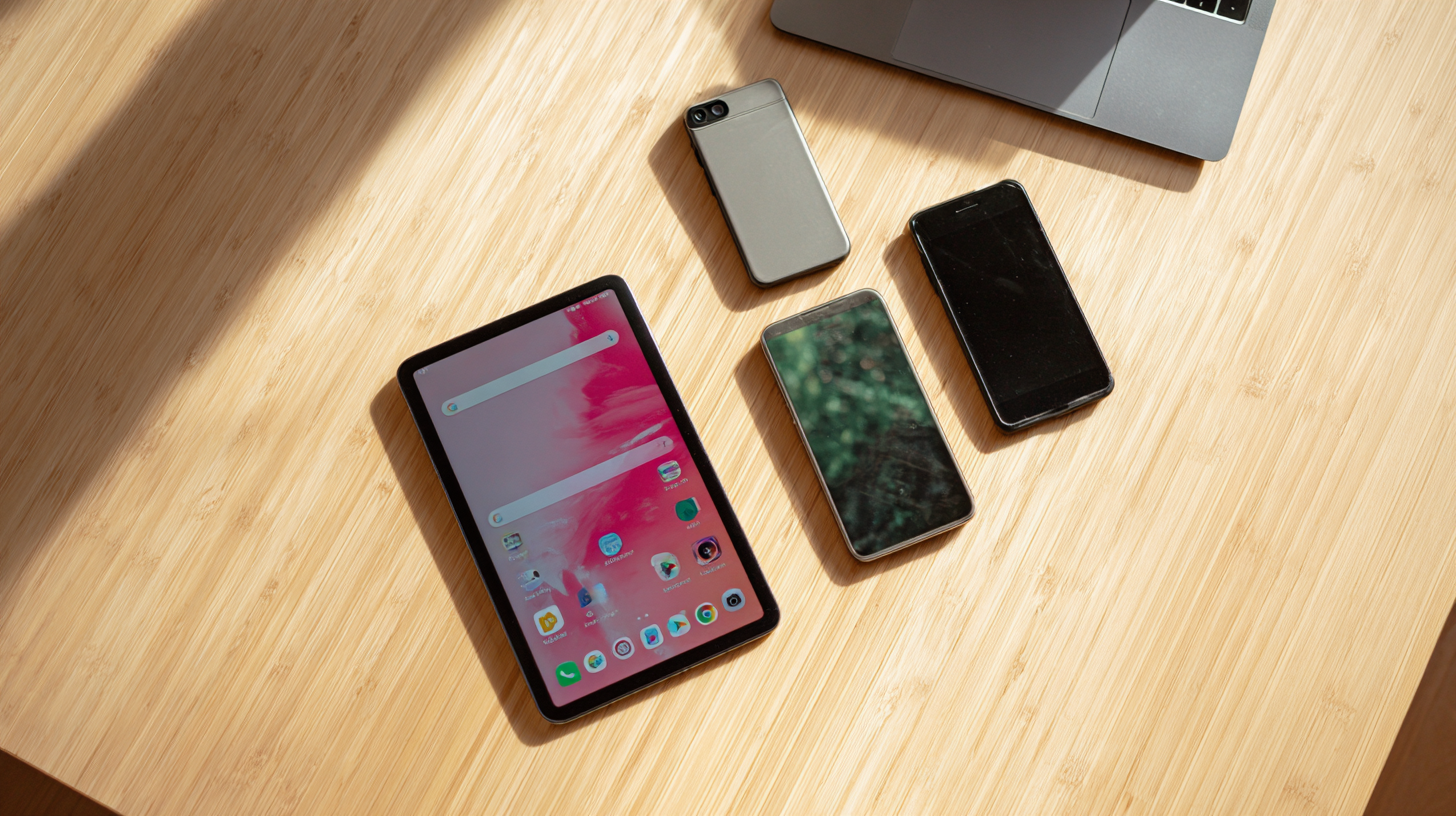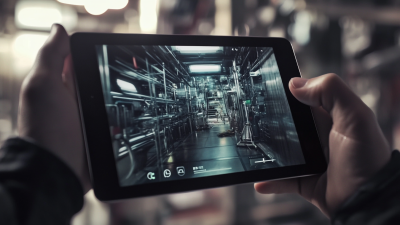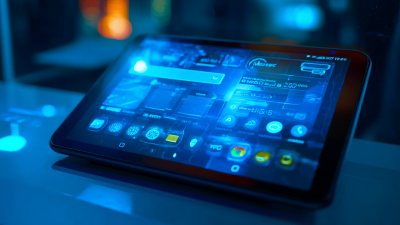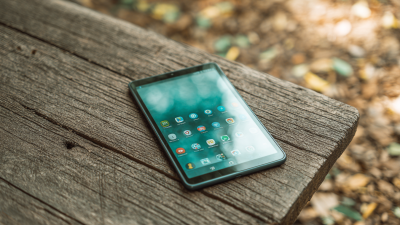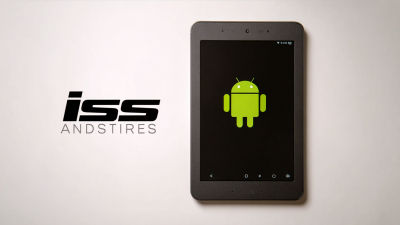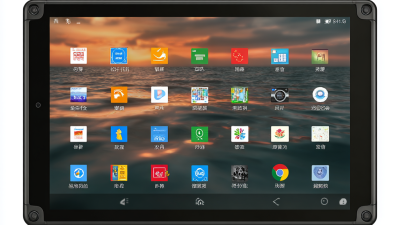How to Choose the Best Tablet Android for Your Needs
The global tablet market continues to evolve, with a reported market size projected to reach approximately
$177 billion by 2024, showcasing a significant rise in consumer demand for portable computing devices.
Among the various options available, Tablet Android stands out due to its versatility, user-friendly interface,
and extensive app ecosystem. According to a study by Statista, Android holds a commanding share of the global tablet
operating system market, accounting for over 50% as of 2022. This dominance highlights the importance of
selecting the right Android tablet tailored to individual needs, whether for professional use, entertainment, or educational purposes.
With a plethora of models and specifications available, understanding how to choose the best Tablet Android
can be pivotal in maximizing its potential and ensuring that it meets all functional requirements efficiently.
Understanding Your Usage Needs: Entertainment, Work, and Education
When selecting the best Android tablet for your needs, it's crucial to understand how you'll use it. Whether for entertainment, work, or educational purposes, the right device can significantly enhance your experience. For entertainment, opt for a tablet with a high-resolution display and good speakers, perfect for streaming movies or playing games. Additionally, features like high processing power and ample storage can support intensive applications, making them ideal for avid gamers and multimedia consumers.
On the other hand, if your primary focus is work or education, consider a tablet that supports productivity apps and offers multitasking capabilities. As reported, more adults are increasingly using technology for learning and productivity. A tablet with a solid battery life and compatibility with productivity software can help you transition smoothly from task to task without interruptions. For students, features like note-taking capabilities and educational resources can turn an ordinary tablet into an essential learning tool, bridging the gap between digital learning and classroom experiences. Choosing the right Android tablet involves aligning its specifications with your primary usage scenarios to maximize its potential in your daily life.
Usage Needs for Android Tablets
Key Specifications to Consider: Display, Battery Life, and Performance
When selecting the best Android tablet, prioritizing key specifications such as display, battery life, and performance is essential to match your needs. According to a report by Statista, the global tablet market is projected to reach 195.5 million units by 2024, indicating a robust demand for high-performing devices. A crisp display with a high resolution, typically at least 1920 x 1200 pixels, ensures vivid imagery. Brands like Samsung and Lenovo have excelled in this area, with their flagship models offering AMOLED screens that provide vibrant colors and deep contrasts, making them ideal for multimedia consumption.
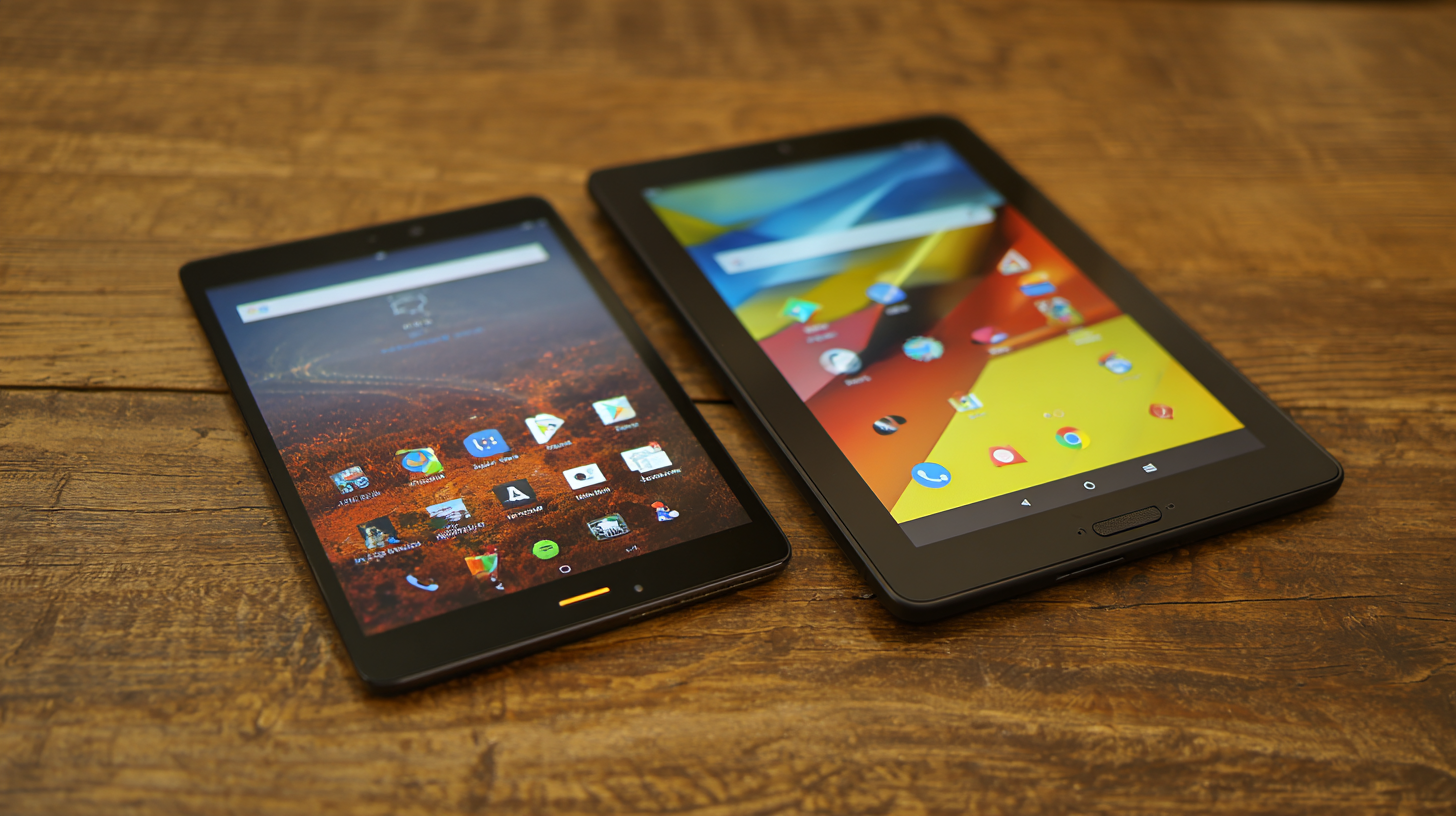
Battery life is crucial, especially for users on the go. A recent survey by Battery University shows that endurance of at least 8 to 10 hours on a single charge is becoming the industry standard. Tablets with large batteries, often exceeding 6000mAh, can support extended usage without frequent recharging, accommodating everything from work tasks to streaming sessions. Additionally, performance metrics such as RAM and processor speed should not be overlooked; devices equipped with at least 4GB of RAM and an octa-core processor will offer seamless multitasking and efficient operation, thereby enhancing the overall user experience. Choosing an Android tablet that aligns with these specifications can significantly enhance productivity and enjoyment.
Operating System Differences: Android Versions and Custom UIs Explained
When selecting the best Android tablet for your needs, understanding the differences in operating systems is crucial. Android operates on various versions, each enhancing capabilities and introducing new features. As of Q3 2023, Android 13 and 14 have emerged as the most widely adopted versions, with Android 13 being installed on over 45% of devices, according to a recent report by StatCounter. These versions emphasize improved user interface elements, security updates, and additional functionalities tailored for multitasking and productivity, making them favorable choices for both casual users and professionals alike.
Moreover, custom user interfaces (UIs) from manufacturers like Samsung, Xiaomi, and Huawei can significantly influence your experience. For instance, Samsung’s One UI has been recognized for its intuitive design and extensive customization options, catering to user preferences while maintaining access to Google services. According to a survey by Gartner, devices with custom UIs accounted for 60% of Android tablet sales in 2023, indicating that consumers prioritize tailored experiences alongside native Android features. Understanding these nuances allows prospective buyers to select a tablet that not only meets their functional needs but also enhances their overall user experience.
Budgeting for Your Tablet: Average Price Ranges and Value for Money
When budgeting for an Android tablet, understanding the average price ranges can help you make an informed decision. According to a recent report by IDC, the entry-level tablets typically range from $100 to $300, making them a suitable choice for users who prioritize basic functionality and multimedia consumption. These budget-friendly options often come with adequate performance for casual browsing, video streaming, and light gaming, catering to students and casual users alike.
For those seeking more advanced features, mid-range tablets fall between $300 and $600. In this category, manufacturers like Samsung and Lenovo offer devices with improved specifications, such as higher resolution displays and better processing power. Research by Statista suggests that this price range has seen a significant increase in demand, specifically among professionals and students who require robust productivity features without breaking the bank.
Above $600, premium tablets deliver top-tier performance and features, often with specialized functionalities for creative professionals, reflecting the growing trend for high-value, multipurpose devices in today’s digital landscape.
Top Brands in the Market: Comparing Samsung, Lenovo, and Google Tablets
When it comes to choosing the best Android tablet, comparing the top brands in the market—Samsung, Lenovo, and Google—can simplify your decision-making process.
Samsung offers a range of premium tablets, such as the Galaxy Tab S series, which are known for their stunning displays and powerful performance. These tablets are excellent for multimedia consumption, thanks to their high-resolution screens and solid audio quality. Furthermore, Samsung's One UI provides a user-friendly experience with additional features like DeX mode, transforming your tablet into a desktop-like interface for enhanced productivity.
In contrast, Lenovo tablets, particularly the Tab series, cater to a more budget-conscious audience while still delivering good performance and versatility. Lenovo's offerings are often equipped with features like long battery life and options for stylus support, making them suitable for both casual users and creative professionals. Additionally, many Lenovo models provide a unique media experience with their advanced sound systems and display technology, ideal for streaming and gaming.
Google tablets, although fewer in number, bring a pure Android experience that appeals to those who value simplicity and software updates. The Pixel Slate, for instance, is optimized for seamless integration with Google services, making it a great choice for users heavily invested in the Google ecosystem. With regular updates and a focus on providing a clean Android interface, Google tablets stand out for their ease of use and reliability.

Home
Products
Solutions
MDM Software
Blog
OEM/ODM
About Us
About 3Rtablet
Quality Control
Contact Us
News
New Product Launch: 3R Rugged Tablet PC: AT-10AL—Powerful Customization with Yocto System
3Rtablet: Enhancing Your Off-Road Adventures,Your Ultimate Off-Road Companion
3Rtablet: Powering Productivity in Construction and Agriculture
Choosing Your Ideal Linux Rugged Tablet: Why Opt for Yocto?
Choosing Your Ideal Linux Rugged Tablet: Why Opt for Debian?
Yocto VS Debian - Choosing Between Yocto and Debian
GMS Certified Android Device: Ensuring Compatibility, Security and Rich Functions
New Arrivals: Rugged Android 12.0 or Linux Yocto OS Vehicle Telematics Box for Vehicle Applications in Various Sectors
Rugged Tablet For Taxi Dispatch
Rugged Driver Tablets Revolutionize Safety and Efficiency in Mining Operations
Rugged In-Vehicle Tablets Power the Growth of IoT Revolution in Modern Industries
FAQs
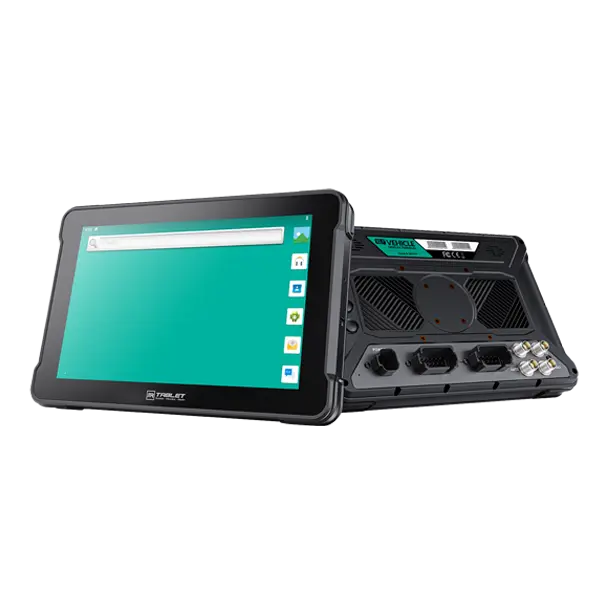 AT-10A
AT-10A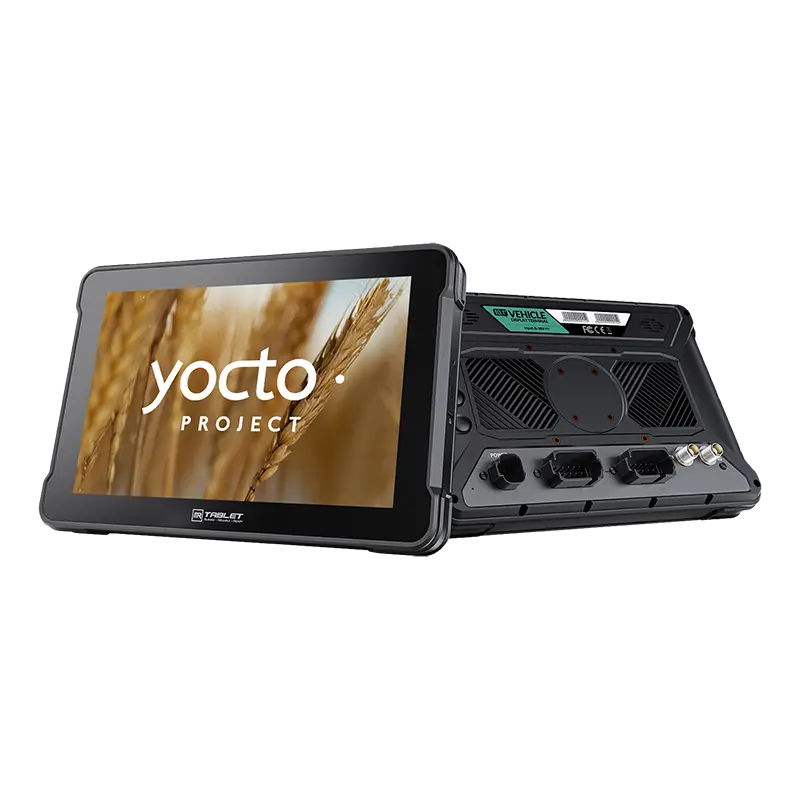 AT-10AL
AT-10AL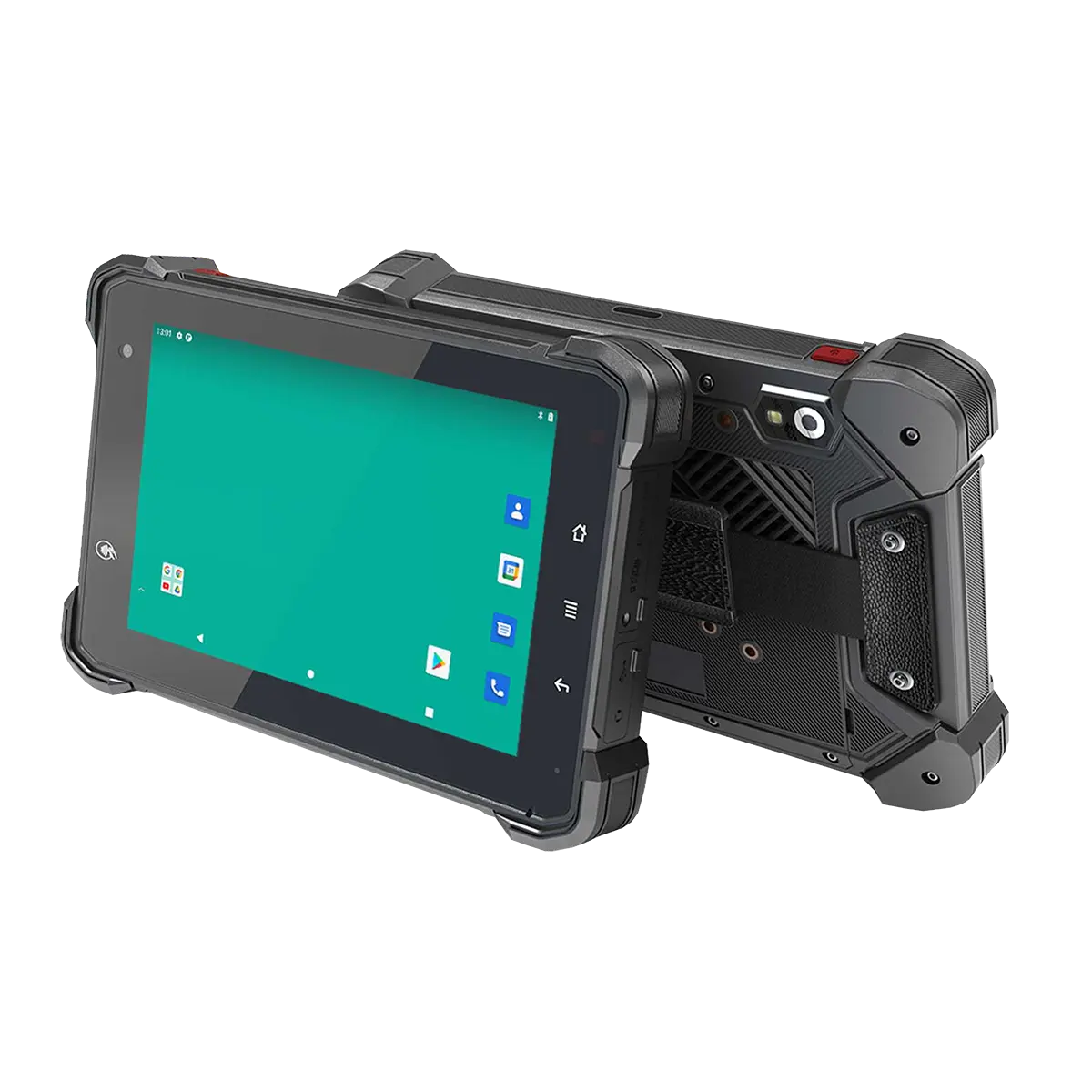 VT-7 GA/GE
VT-7 GA/GE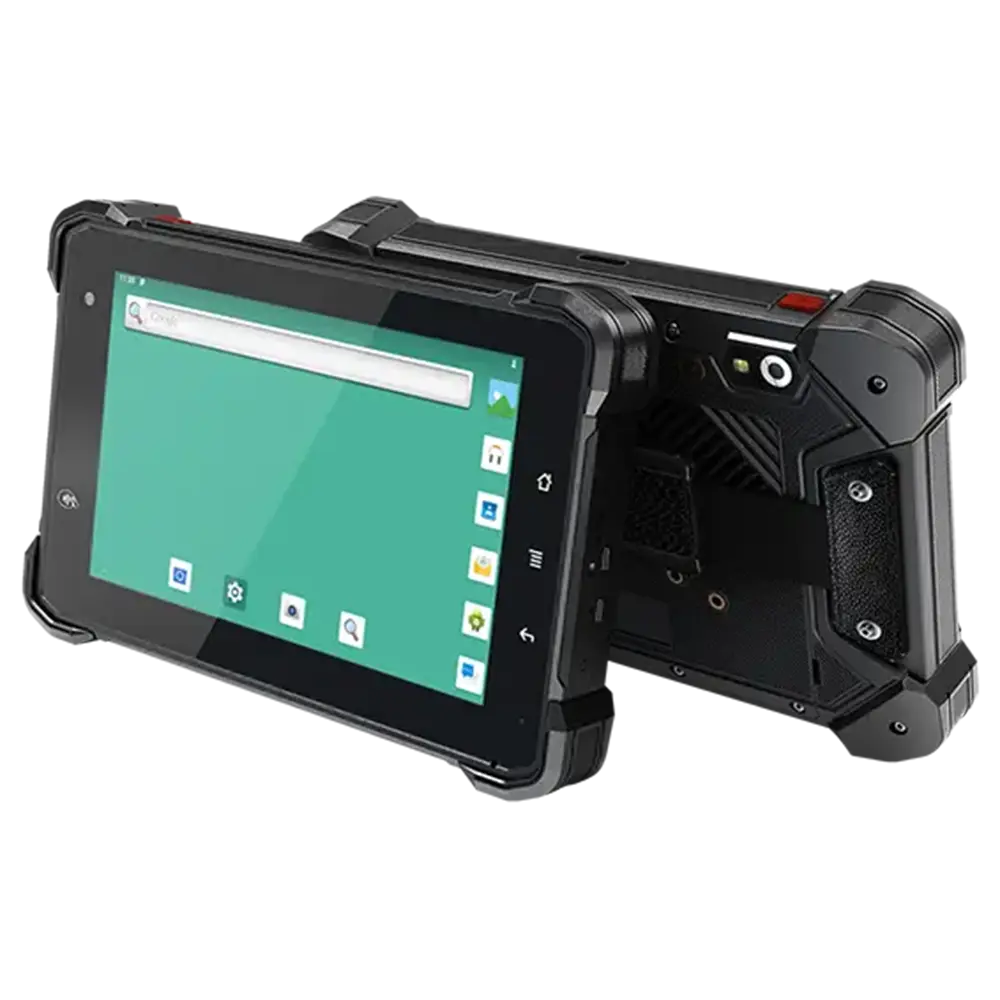 VT-7 Pro
VT-7 Pro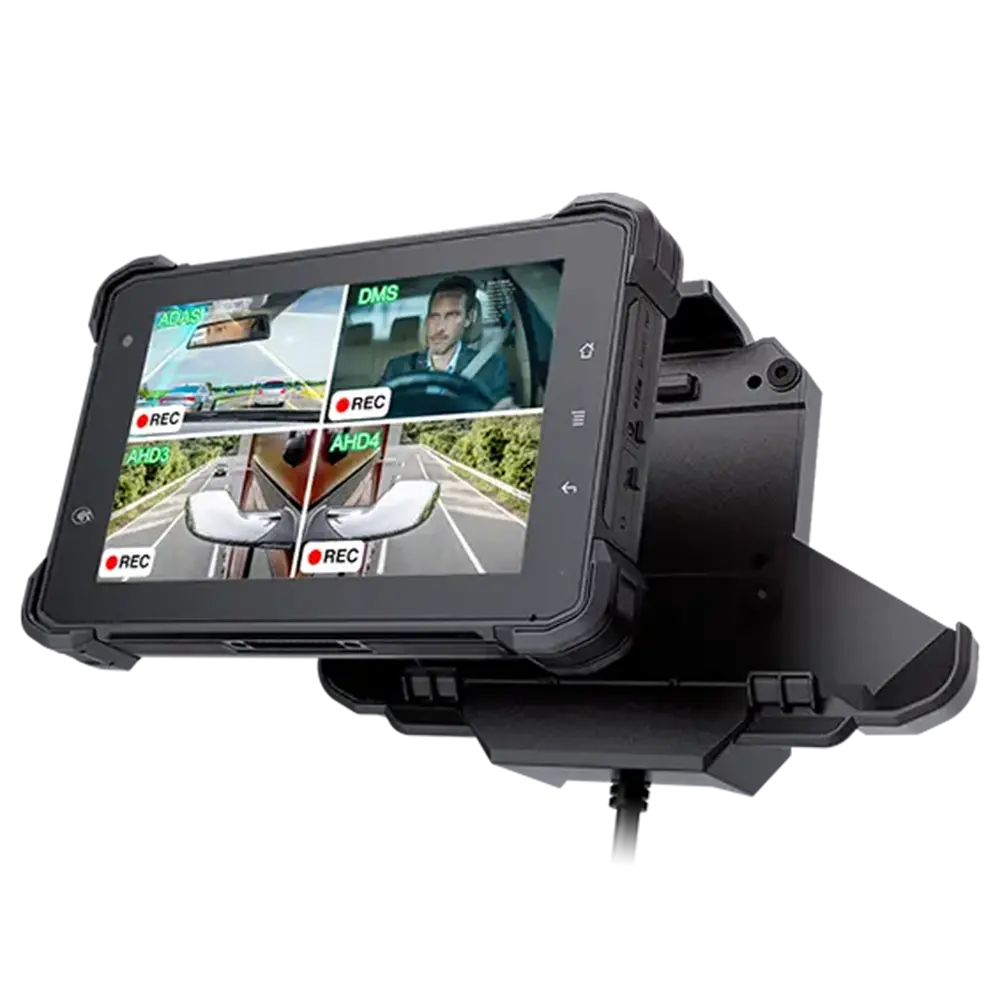 VT-7 PRO (AHD)
VT-7 PRO (AHD)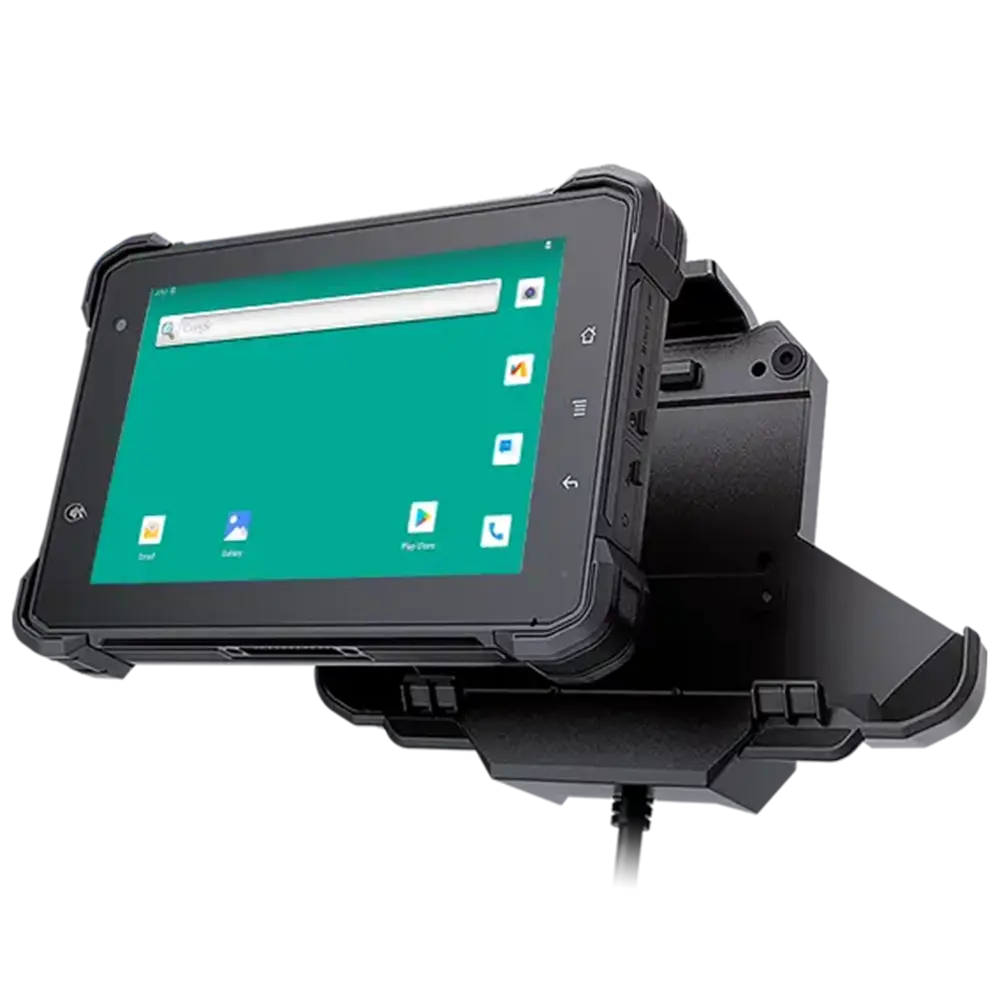 VT-7A
VT-7A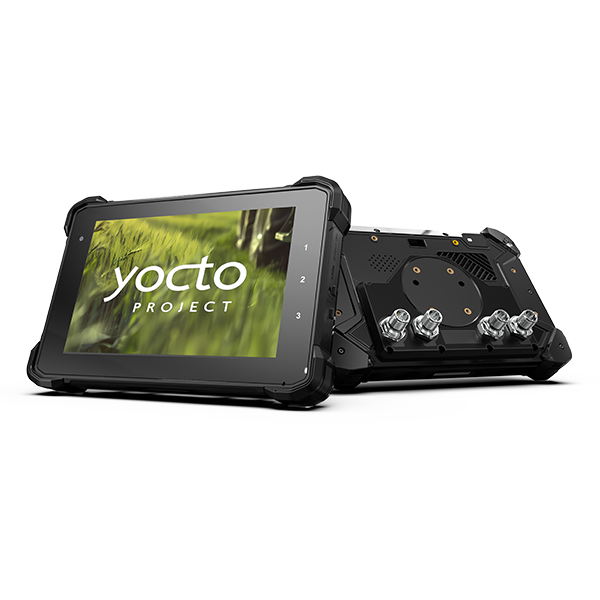 VT-7AL
VT-7AL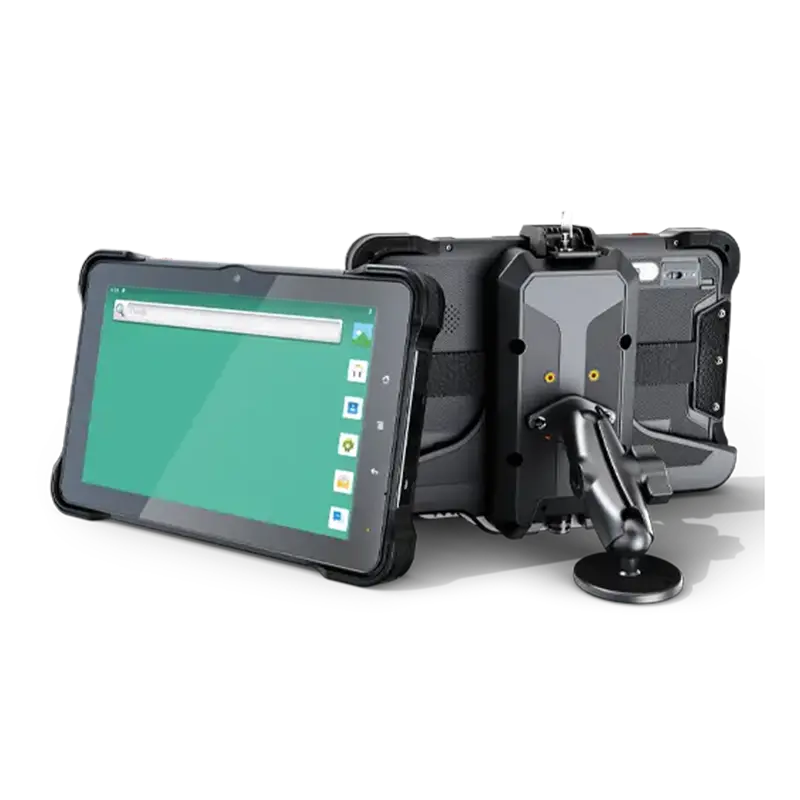 VT-10
VT-10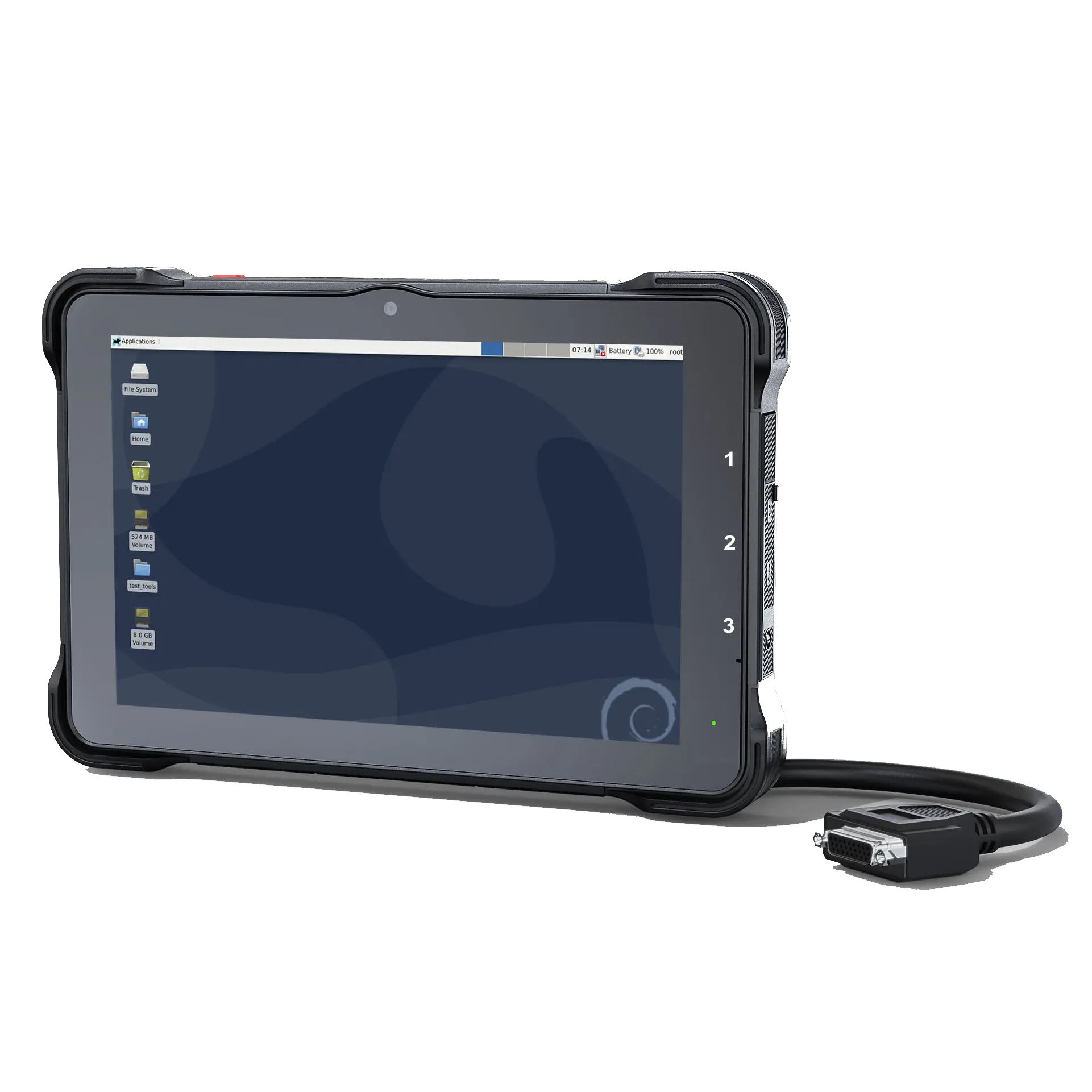 VT-10 IMX
VT-10 IMX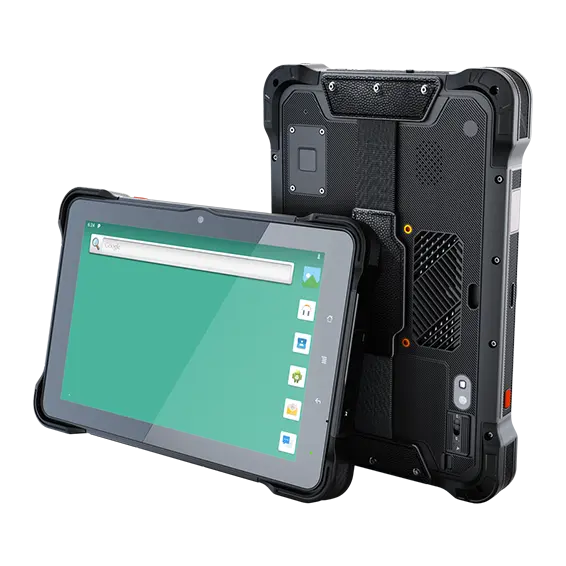 VT-10 Pro
VT-10 Pro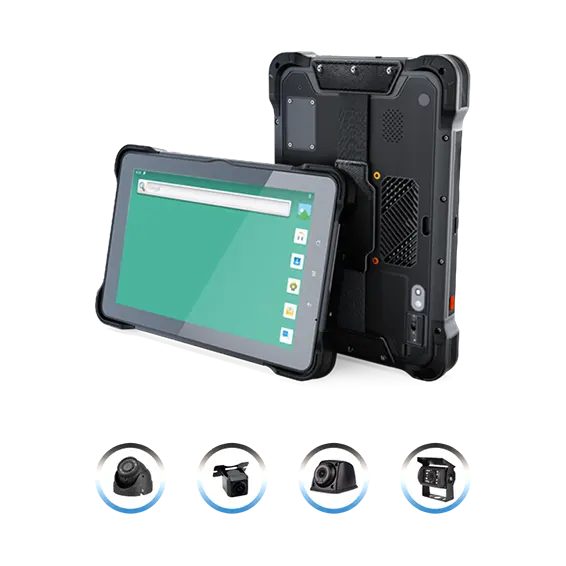 VT-10 Pro AHD
VT-10 Pro AHD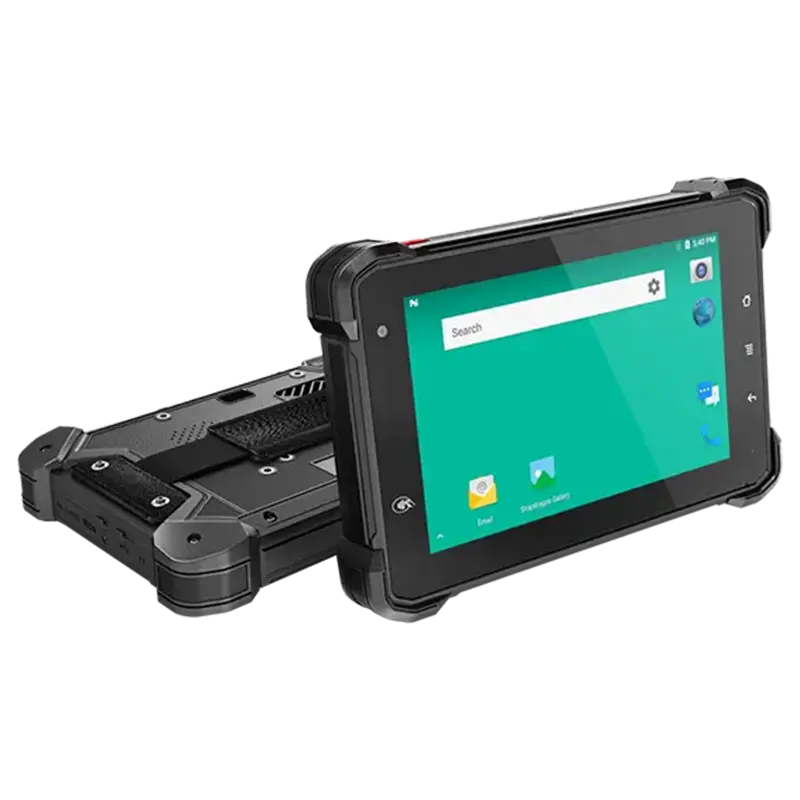 VT-7
VT-7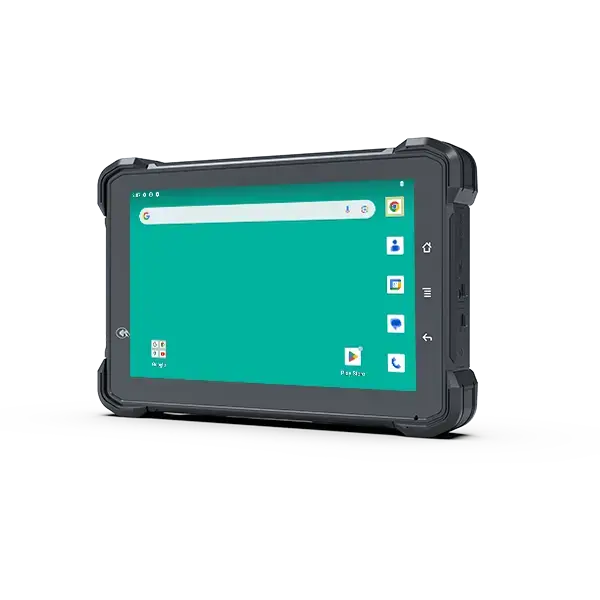 VT-7A PRO
VT-7A PRO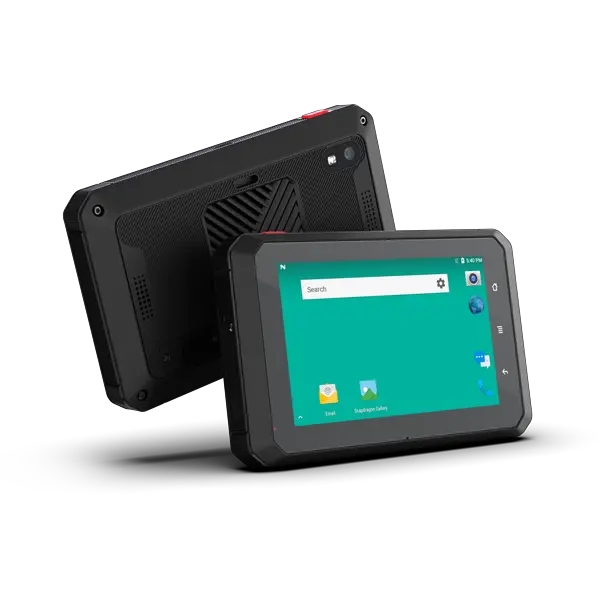 VT-5A
VT-5A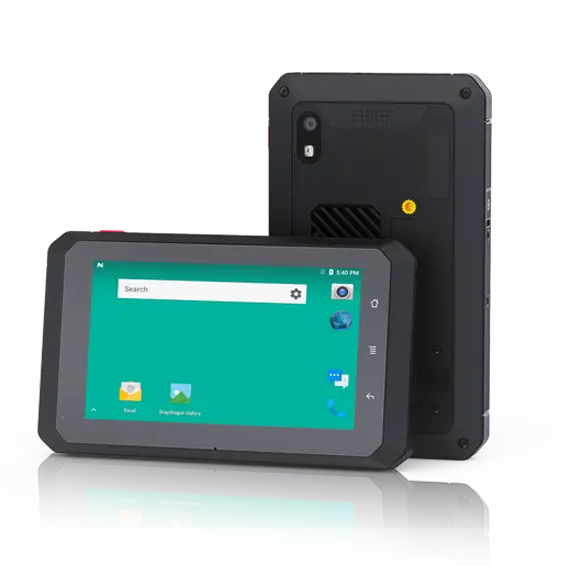 VT-5
VT-5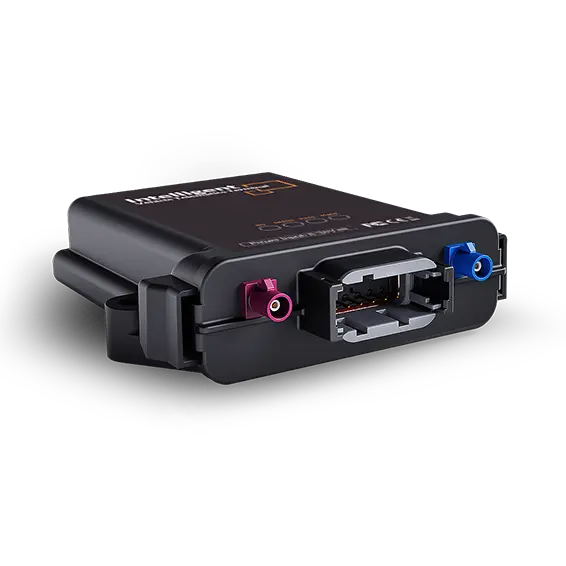 VT-BOX
VT-BOX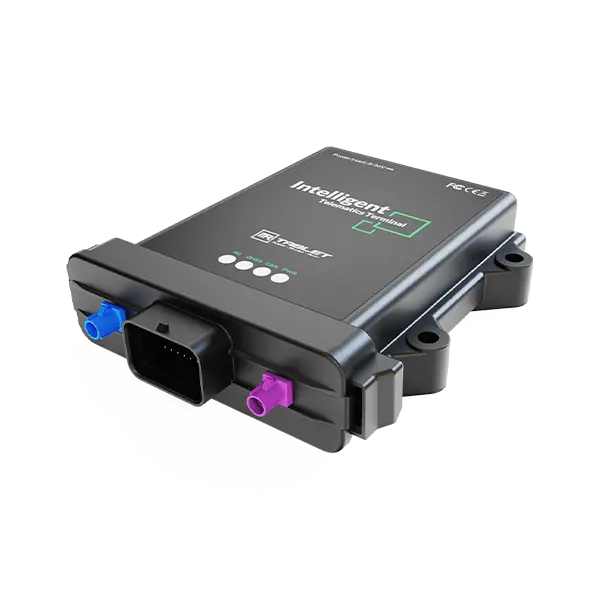 VT-BOX-II
VT-BOX-II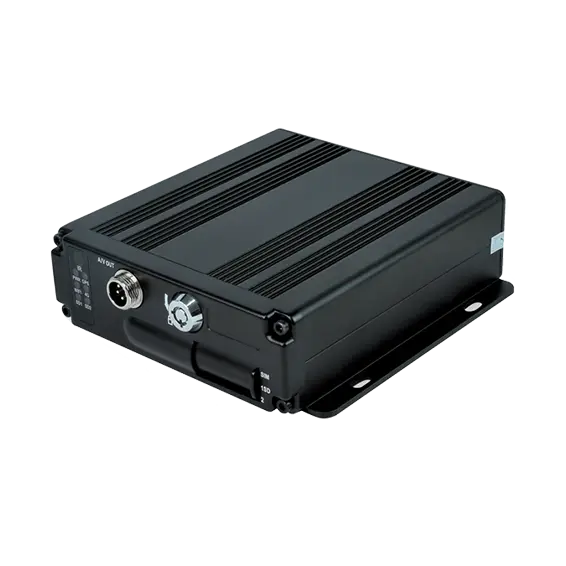 AI-MDVR040
AI-MDVR040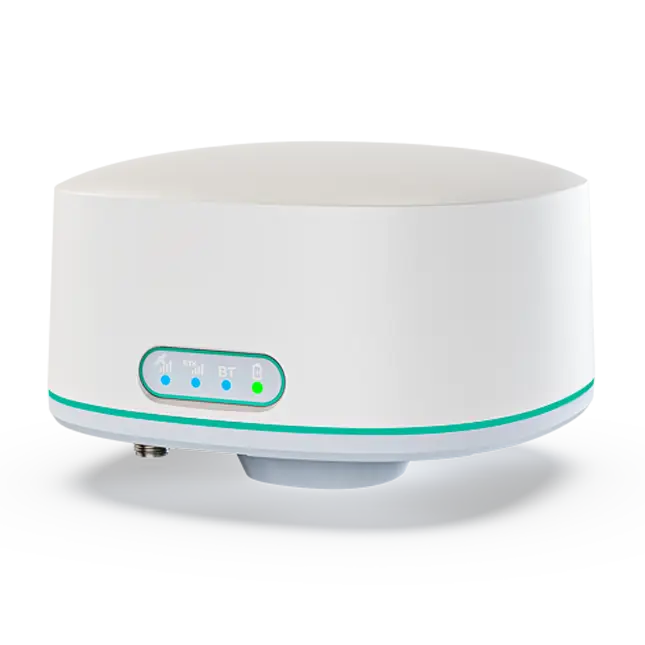 AT-B2
AT-B2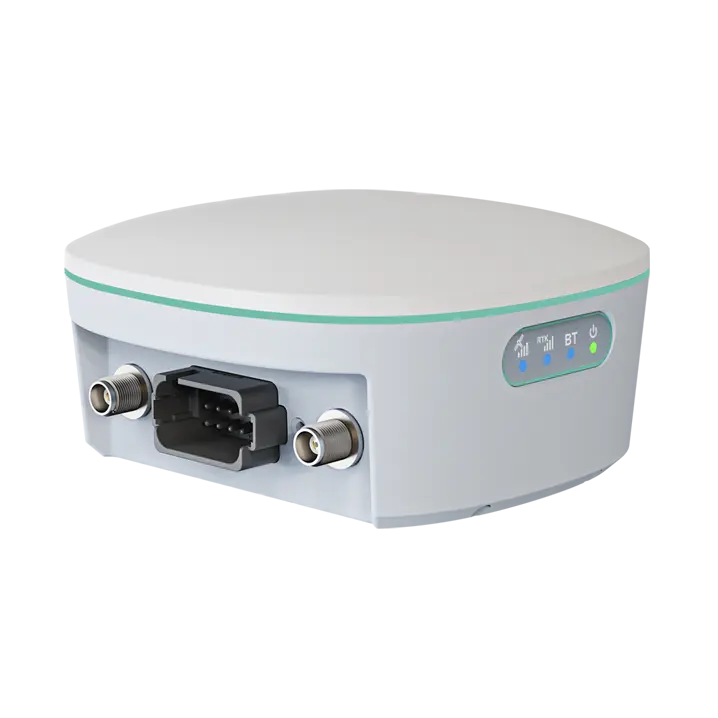 AT-R2
AT-R2